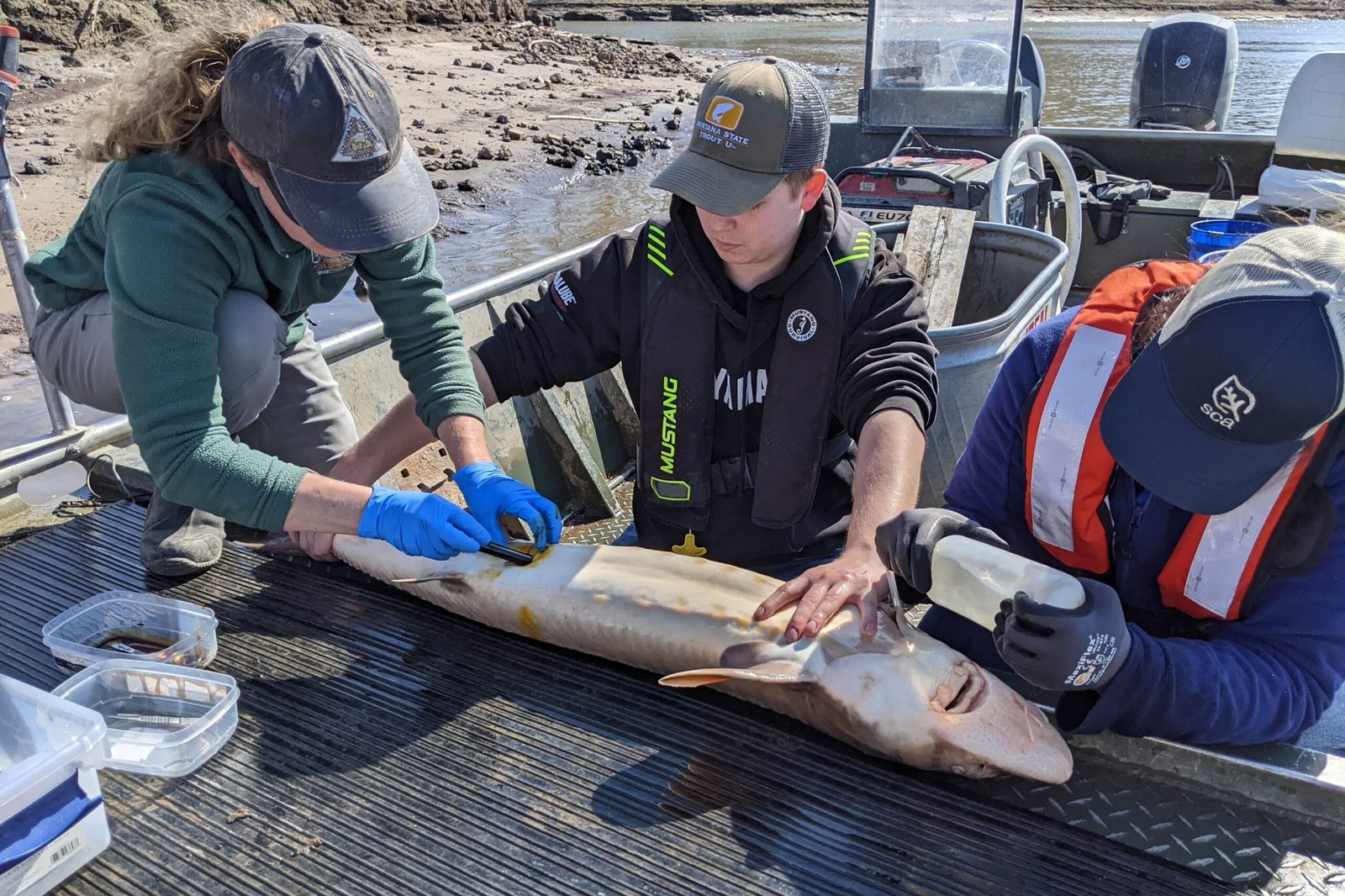DEAL ACCEPTED: Missouri S&T researcher finds forever chemicals in St. Louis-area fish….. view more
Missouri S&T Researcher Detects ‘Forever Chemicals’ in St. Louis-Area Fish
 A recent study by researchers at Missouri University of Science and Technology (Missouri S&T) has uncovered concerning levels of per- and polyfluoroalkyl substances (PFAS), commonly known as “forever chemicals,” in freshwater fish from the St. Louis area. These chemicals are notorious for their persistence in the environment and human body, posing significant health risks.
A recent study by researchers at Missouri University of Science and Technology (Missouri S&T) has uncovered concerning levels of per- and polyfluoroalkyl substances (PFAS), commonly known as “forever chemicals,” in freshwater fish from the St. Louis area. These chemicals are notorious for their persistence in the environment and human body, posing significant health risks.
What Are PFAS?
PFAS are a group of synthetic chemicals used in various industrial and consumer products, including firefighting foams, non-stick cookware, water-repellent clothing, and food packaging. Due to their chemical structure, PFAS do not break down easily, earning them the nickname “forever chemicals.” They have been associated with a range of health issues, such as liver damage, immune system suppression, thyroid disease, and increased cholesterol levels
Study Findings
The Missouri S&T researchers analyzed fish samples from several freshwater bodies in the St. Louis region. Their findings revealed that nearly all the fish contained detectable levels of PFAS, with some species exhibiting concentrations exceeding safe consumption thresholds established by environmental health standards. These elevated levels are particularly alarming given the widespread use of PFAS in various products and their tendency to accumulate in aquatic ecosystems.
Implications for Public Health
The presence of PFAS in local fish populations raises significant public health concerns, especially for communities that rely on fishing as a primary food source. Consuming contaminated fish can lead to increased exposure to these harmful chemicals, potentially exacerbating health risks. Moreover, the persistence of PFAS in the environment complicates efforts to mitigate their impact, as they do not degrade naturally and can accumulate over time.
Regulatory Response
In response to growing concerns over PFAS contamination, state and federal agencies are intensifying their efforts to monitor and regulate these substances. The Missouri Department of Natural Resources, for instance, has initiated programs to test drinking water systems for PFAS, aiming to identify and address sources of contamination. Additionally, the U.S. Environmental Protection Agency (EPA) is working on establishing enforceable limits for PFAS in drinking water and other environmental media.
Looking Ahead
The findings from Missouri S&T’s study underscore the urgent need for comprehensive strategies to address PFAS contamination in the environment. This includes enhancing monitoring efforts, implementing stricter regulations, and developing effective remediation technologies. Public awareness and community engagement will also play crucial roles in mitigating the impact of these persistent pollutants on public health and the environment.
As research continues and regulatory frameworks evolve, it is essential for residents in affected areas to stay informed about potential risks and take necessary precautions, such as adhering to local advisories regarding fish consumption and water use
Note: For more detailed information on PFAS contamination and ongoing research efforts, please refer to the original study published by Missouri S&T and resources provided by the Missouri Department of Natural Resources.








Post Comment